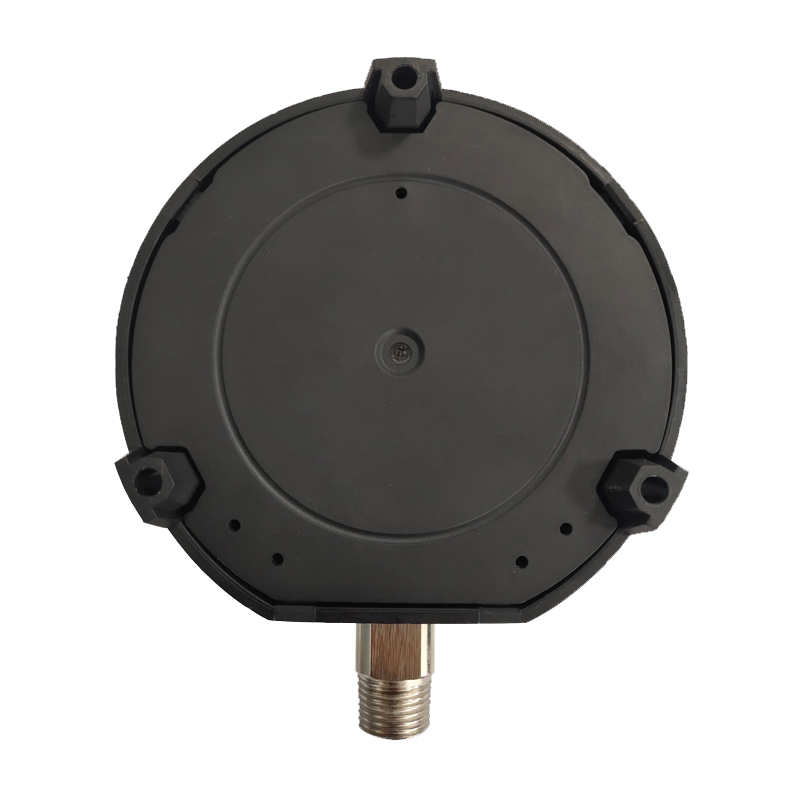
Jul . 31, 2024 08:46 Back to list
Innovative Solutions for Monitoring Railway Systems with Advanced Pressure Gauge Technology
Understanding the JAH Railway Pressure Gauge
In the realm of railway technology, safety and efficiency are paramount. One of the critical instruments that ensure both aspects is the pressure gauge. Specifically, the JAH railway pressure gauge stands out as a reliable and essential device used in various locomotive and rolling stock applications. This article delves into the features, importance, and operational mechanics of the JAH railway pressure gauge.
What is a JAH Railway Pressure Gauge?
The JAH railway pressure gauge is a specialized instrument designed to measure the pressure within a system, predominantly found in the braking system of trains. It is crucial for monitoring the air pressure used to operate brake systems, which directly affects the stopping power and responsiveness of the train. The JAH designation often refers to its approval and compliance with stringent railway safety standards, ensuring its reliability in demanding environments.
Key Features
1. Accuracy One of the standout features of the JAH pressure gauge is its high level of accuracy. This precision is essential for maintaining safe operation as even slight deviations in pressure can lead to significant safety issues. An accurate reading allows engineers and operators to make informed decisions on the train's operational status.
2. Durability Built to withstand the harsh conditions of rail transport, the JAH railway pressure gauge is made from high-quality materials that resist wear, corrosion, and mechanical shock. This durability ensures a longer service life, which is particularly vital in a sector where downtime can result in considerable financial loss.
3. Ease of Readability The design of the JAH gauge includes a clear, easy-to-read dial, which minimizes the risk of misinterpretation. The gauge typically has markings that can be classified in various pressure units, allowing operators to quickly assess the system's status at a glance.
jah railway pressure gauge

4. Compatibility The JAH pressure gauge is designed for compatibility with various railway systems. This versatility makes it a preferred choice across different types of trains, including freight and passenger railcars.
Operational Mechanism
The functioning of the JAH railway pressure gauge is based on the principle of pressure measurement. It generally comprises a flexible sensing element that reacts to changes in pressure. When the pressure in the system increases, it causes the sensing element to deform. This deformation is then translated into a movement that drives the needle on the dial, providing a visual representation of the current pressure levels.
In many cases, these gauges are connected to a pneumatic system, where compressed air is used for braking. The pressure levels are critical in determining whether the brakes will engage effectively. Regular monitoring of these gauges ensures that the braking system is always functioning within safe limits.
Importance in Railway Safety
The significance of the JAH railway pressure gauge extends beyond mere functionality. In an industry where the safety of passengers and cargo is non-negotiable, having accurate and reliable pressure readings is crucial. Any failure in the braking system could result in catastrophic accidents. Therefore, maintaining and regularly inspecting the JAH pressure gauges forms an essential part of railway safety protocols.
Conclusion
The JAH railway pressure gauge is more than just a tool; it is a lifeline for railway safety and operational efficiency. Through its durability, accuracy, and ease of readability, it plays a vital role in ensuring that trains operate smoothly and safely. As railway technology continues to evolve, the importance of reliable instruments like the JAH pressure gauge remains constant, underpinning the industry's commitment to safety and performance. Investing in quality pressure gauges such as the JAH is thus not just a regulatory requirement but a fundamental aspect of responsible rail management.
-
High-Precision 5 Valve Manifold Differential Pressure Gauge Suppliers
NewsApr.29,2025
-
High-Precision Diaphragm Vacuum Pressure Gauges Manufacturers & Quotes
NewsApr.29,2025
-
Omega Differential Pressure Gauges High Accuracy & Durability
NewsApr.28,2025
-
Low Pressure Differential Pressure Gauges Precision Solutions & Quotes
NewsApr.28,2025
-
Digital Diaphragm Pressure Gaauge Precision Measurement & OEM Quotes
NewsApr.28,2025
-
Differential Pressure Gauge China Price High-Accuracy & Best Quotes
NewsApr.28,2025
